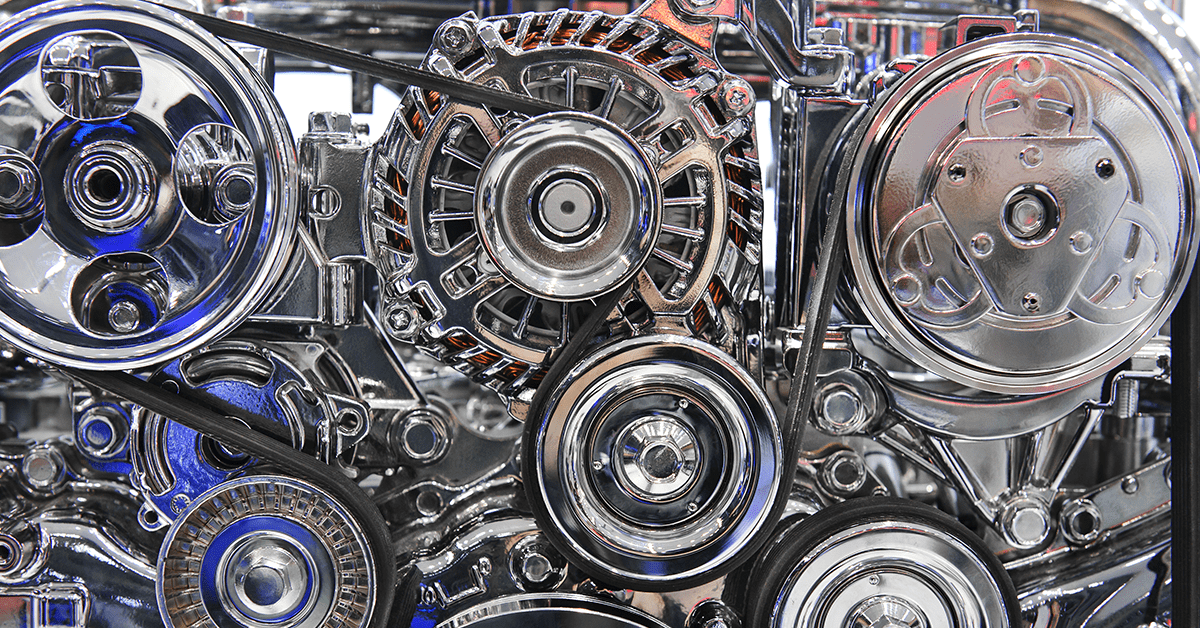It is easy to assume Chinese OEMs are focused on battery electric vehicles (BEVs), but since late 2022, improving the thermal efficiency of internal combustion engines has been a hot topic.
The Geely Galaxy L7 has achieved thermal efficiency of 43.32%, and Weichai has announced the development of a diesel engine with a thermal efficiency of 52.28%. Compared to the Prius, which is said to have a thermal efficiency of 40%, a simple comparison suggests that Geely could potentially achieve 8% better fuel efficiency. That is amazing.
Although many of China’s BEVs are manufactured for export, sales of affordable BEVs and plug-in hybrid electric vehicles (PHEVs) are growing within China. In particular, PHEVs are attracting attention because, when combined with high-efficiency engine, they can achieve long-distance cruising at low cost without carrying large secondary batteries.
As the Chinese government shifted its policy from banning gasoline vehicles to making all new vehicles environmentally compliant, and accepted hybrid electric vehicles (HEVs), major Chinese OEMs are also focusing on developing high-efficiency internal combustion engines. The Geely Galaxy L7, and the BYD Song and Qin which sell over 60,000 units per month, are also PHEVs.
In June 2023, 200,000 of the 1.26 million new vehicles sold in Europe were BEVs, and 400,000 were PHEVs and HEVs. Perhaps because people prioritize long-distance driving, gas-powered vehicles remain popular.
The goal for EVs equipped with all-solid-state batteries is to achieve a range of over 1,000 km on a single charge. Surpassing this distance appears to be one of the major challenges for BEVs.
